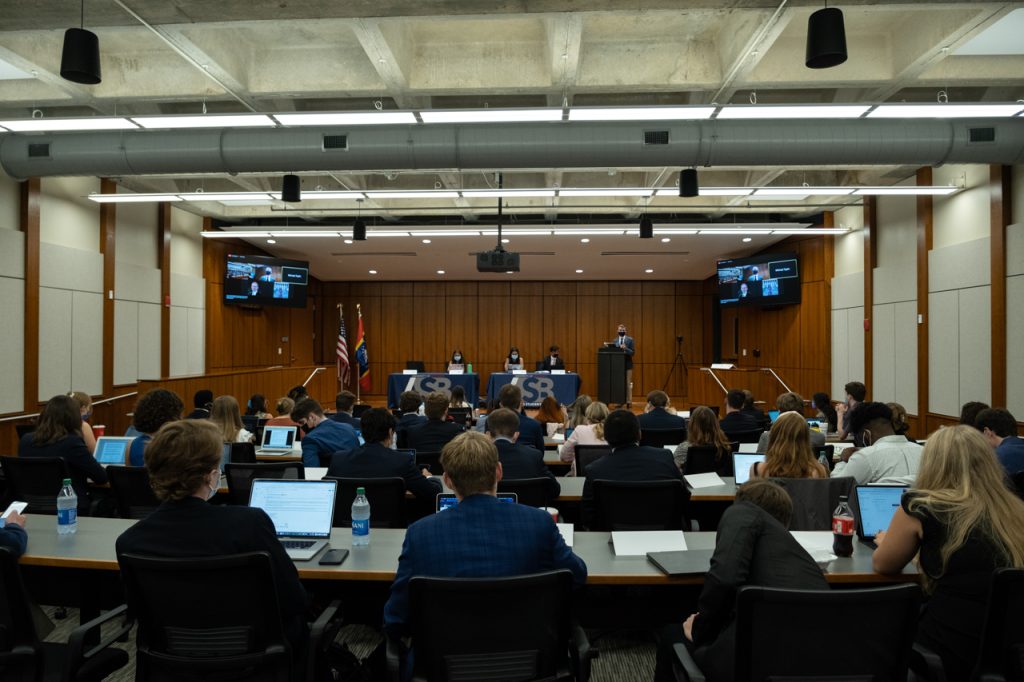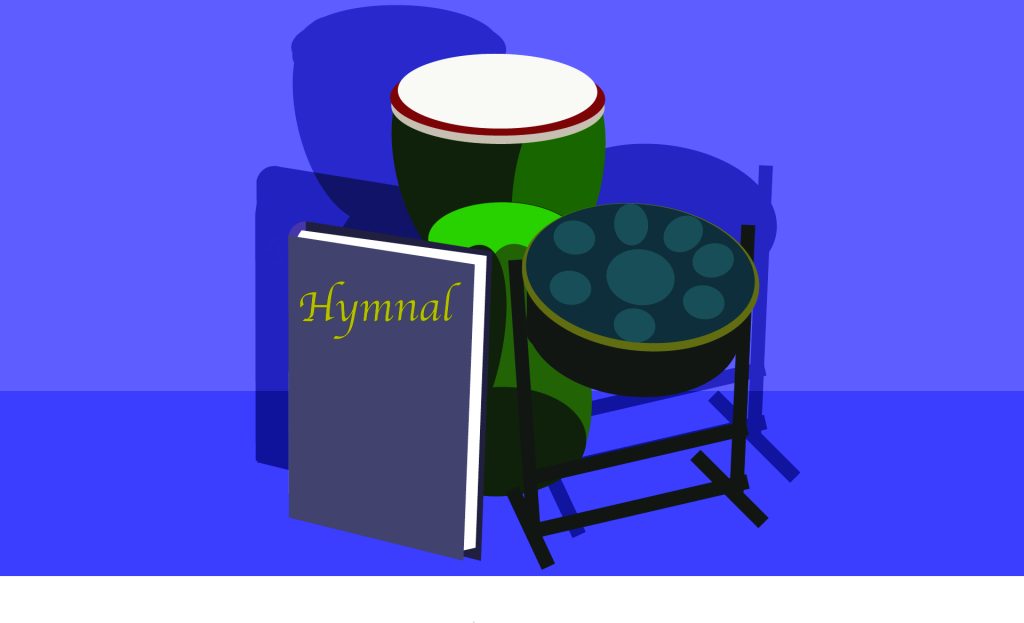I love Valentine’s Day. I love the candy and chocolate. I love the flowers and jewelry. I love the music and the public displays of affection. With that being said, I would trade every single aspect of Valentine’s Day to be at Proud Larry’s Feb. 24. Code Pink, a recurring self-described “LGBTQIA+ dance party” is hosting their next event, “Lover’s Lounge,” promising break-up songs and drag performances, and probably drag performers singing break-up songs. Although I will, unfortunately, be out of town for Lover’s Lounge, Code Pink’s events have been a highlight during my time at UM and have been the site of some of my most cherished college memories. While the deeply SEC school culture of UM can sometimes make every event feel like a frat party, Code Pink feels like a breath of fresh air. While Code Pink is first and foremost a fantastic time that I encourage everyone to attend, it also serves a very important purpose. Code Pink is a safe space for queer expression in Oxford.
While queer spaces have existed for as long as people have been gay (forever), American “gay bars” first became popular during the 1950s and 60s. More than just a space to drink and relax with other queer people, gay bars served as important organizing spaces for the LGBTQ+ rights movement. As is still true today, just being out and proud was itself a form of resistance to a violently heteronormative society. For this reason, gay bars were sites of frequent police raids, the most infamous of these at the Stonewall Inn in New York. The police raid on June 28, 1969, incited a days-long riot against homophobia and marked an important catalyst for action in the movement. LGBTQ+ spaces will always be radical simply because they are where queer people can exist.
Queer spaces continue to be necessary, especially on college campuses, as students who identify as LGBTQ+ face additional hardships on top of the daily struggle of academic obligations and newfound independence. Nearly 2 in 3 queer students across the country report experiencing sexual harassment on campus, 20% report fearing for their physical safety, due to their gender identity or sexual identity, with this figure significantly higher at 31% for queer students of color. Beyond physical safety, LGBTQ+ college students face higher rates of anxiety, depression and feelings of loneliness than their heterosexual and cisgendered peers.
All of this underscores the importance of events like Code Pink. While Oxford sadly lacks a formal gay bar, Code Pink provides an opportunity for queer members of our community to be out and proud. It is extremely important — although underemphasized — that queer students have spaces where they can just exist, where the usual hyper vigilance of assessing whether it’s safe to hold your partner’s hand or wear a skirt or speak freely is not required. Code Pink’s Instagram account states a simple but well worded purpose: “Be who you want, dance with who you want. All are welcome.” I hope that someday the existence of LGBTQ+ safe spaces is unnecessary and that being who you are in public takes no extra effort. Until then, I am so grateful that Oxford has Code Pink.
Katherine Broten is a junior majoring in economics and public policy leadership from Farmington, New Mexico.














